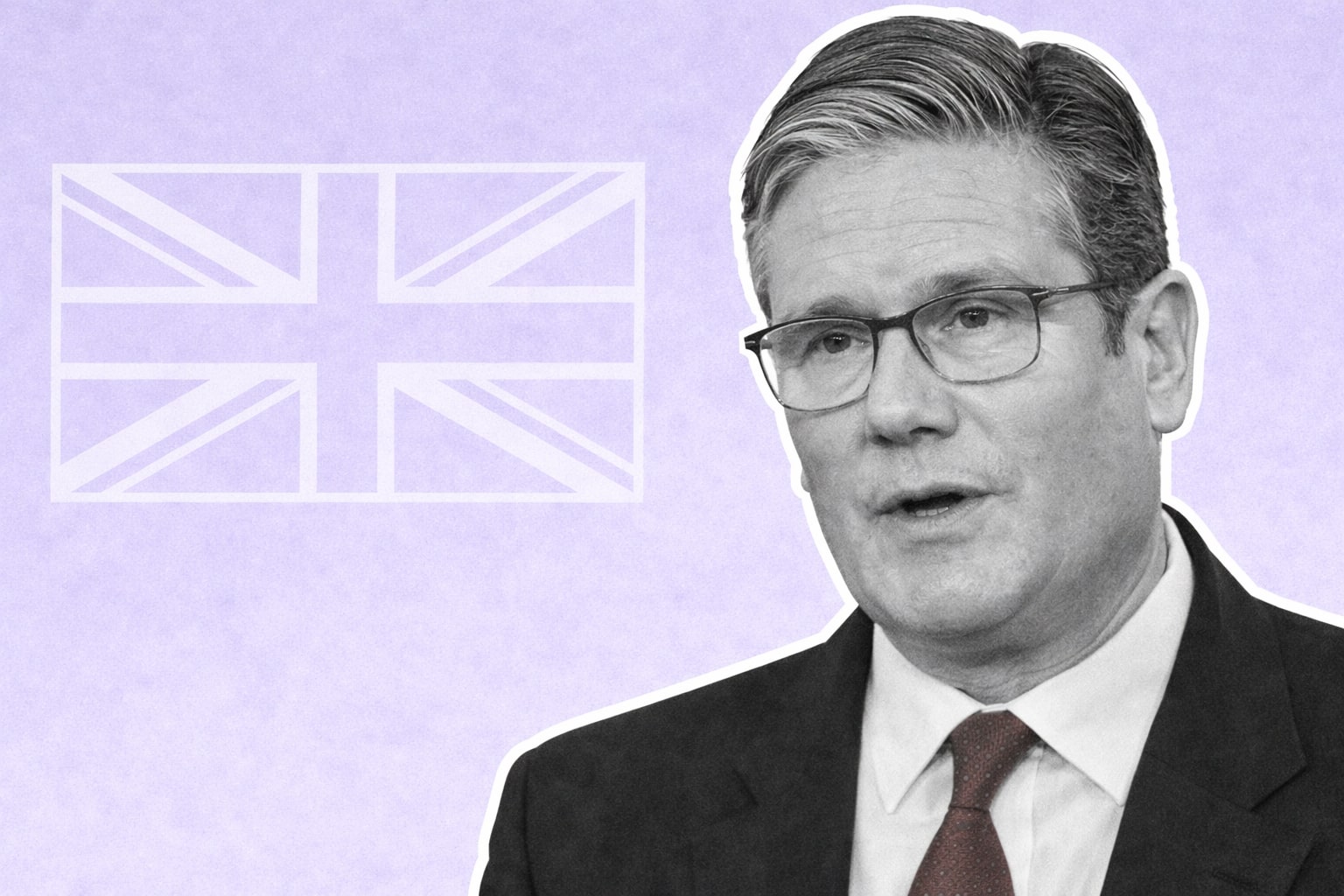
UK 2-Year Bond Yields Surge, Amplifying Concerns of Rising Interest Rates
Short-term borrowing costs exceed levels seen during Liz Truss's tenure, signaling potential mortgage challenges ahead
In a surprising development, short-term borrowing costs in the UK have surpassed levels witnessed during Liz Truss's brief premiership, fueling apprehensions for individuals seeking mortgages or refinancing options in the near future.
The yield, or interest rate, on UK two-year government bonds has spiked to 4.73% today, up from 4.62% the previous night, following the release of the latest jobs report, which revealed record-breaking growth in regular pay. This increase in borrowing costs has already compelled lenders to reassess their pricing strategies or withdraw mortgage offerings from the market.
The situation may worsen as money markets anticipate the Bank of England's base rate to reach 5.5% by the year's end, a substantial rise from the current 4.5%.
While longer-dated government bond yields have also experienced an uptick today, they remain below the panic levels witnessed last autumn. Nevertheless, UK government borrowing costs have now exceeded the levels reached during Liz Truss's tumultuous premiership, triggered by stronger-than-expected job and wage figures, reinforcing expectations of an imminent interest rate hike by the Bank of England.
Two-year gilt yields, which denote short-term UK government borrowing costs, rose by over 0.2 percentage points to 4.83%, surpassing the levels observed following Truss's ill-fated mini-budget. In fact, these yields now stand at their highest level since the 2008 financial crisis.
The Office for National Statistics reported an acceleration in average regular pay growth, excluding bonuses, to a record-breaking 7.2% in the February-April quarter. Although wages have increased, they continue to lag behind inflation.
Additionally, the jobs report indicated a decline in job vacancies and a concerning rise in the number of long-term sick individuals, reaching record levels.
The surge in borrowing costs exerts further pressure on mortgage lenders, compelling them to raise rates. For instance, Skipton Building Society plans to increase the cost of its no-deposit 100% mortgage for first-time buyers this week.
The gap between UK and German government borrowing costs has also significantly widened today.
City traders strongly believe that the Bank of England will raise interest rates at its upcoming meeting, with a 70% chance of a quarter-point hike to 4.75% and a 30% possibility of a half-point increase to 5%. Megan Greene, the newest member of the Bank of England's interest rate-setting committee, expressed doubts about achieving the target inflation rate of 2%, given the persistent high inflation rate of 8.7% recorded in April.
Across the Atlantic, US inflation moderated to 4% in May, raising hopes that the US Federal Reserve may leave interest rates unchanged in their decision tomorrow.
The surge in UK borrowing costs, as indicated by two-year gilt yields, has surpassed the levels witnessed during Liz Truss's premiership. The rise is driven by robust economic data, leading to increased expectations of the Bank of England's response.
The recent data, along with market interpretation, has prompted rising yields, underscoring the Bank of England's need to address inflation and wage growth concerns.
This development comes as markets now anticipate more than an 81% chance of the US Federal Reserve pausing interest rate increases in their meeting this week.
The sharp increase in two-year gilt yields is a departure from the circumstances during the "mini budget" crisis that disrupted the mortgage market and threatened pension funds. The market response was triggered by a loss of confidence in the UK's fiscal responsibility, leading to a fall in the value of the sterling.
The recent rise in yields, driven by data and market expectations of the Bank of England's actions, highlights concerns about inflation and wage growth, which are critical factors for the central bank.
Experts now predict an additional 125 basis points of rate hikes, equivalent to five more 25 basis point increases, resulting in a terminal base rate of 5.75%.
Overall, today's data suggests that the UK's labor market is not easing quickly enough to satisfy the Monetary Policy Committee (MPC). This points to another 25 basis point rate hike in June, and there is an increased likelihood of a 50 basis point hike, although it is not the base case scenario.
Considering the relentless tightening of the labor market, interest rates may need to be raised even higher to maintain control. The current trajectory suggests interest rates could reach 5% following hikes in June and August before the MPC pauses.
Read More
-
Pagaya Stock Price Forecast - PGY at $23.20: Is PGY Stock the Cheapest AI Fintech of 2026?
19.12.2025 · TradingNEWS ArchiveStocks
-
XRP Price Forecast: XRP-USD Stuck at $1.87 With $3 2026 Target and $10–$25 Long-Term Range
19.12.2025 · TradingNEWS ArchiveCrypto
-
Oil Price Forecast: WTI Near $56 and Brent at $60 Signal Risk Toward $50
19.12.2025 · TradingNEWS ArchiveCommodities
-
Stock Market Today: AI Chip Rally Lifts Nasdaq as $7.1T Quad Witching Hits
19.12.2025 · TradingNEWS ArchiveMarkets
-
GBP/USD Price Forecast - Pound at 1.34 As BoE Cut And Soft Dollar Keep Bullish Path Toward 1.35
19.12.2025 · TradingNEWS ArchiveForex



















